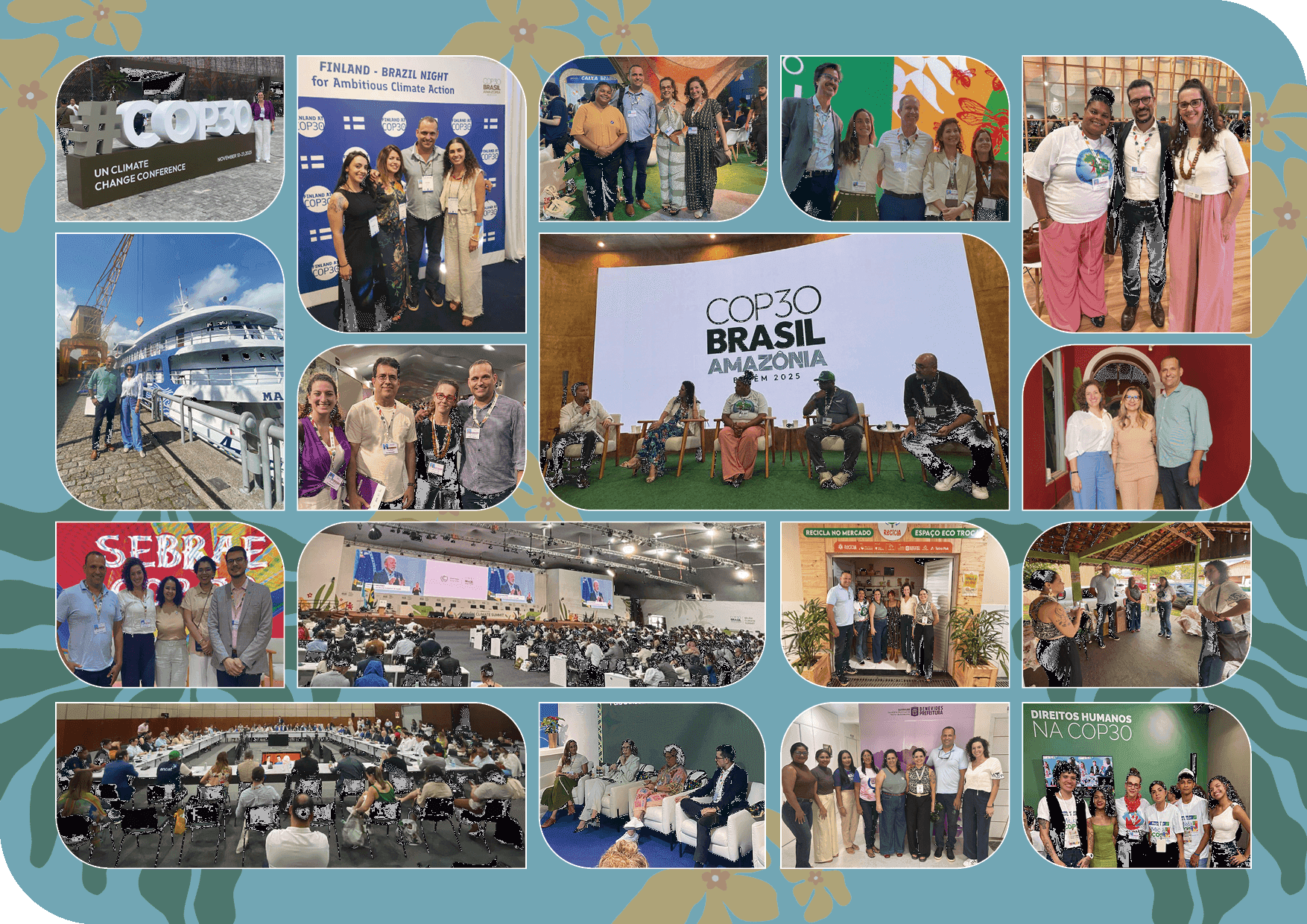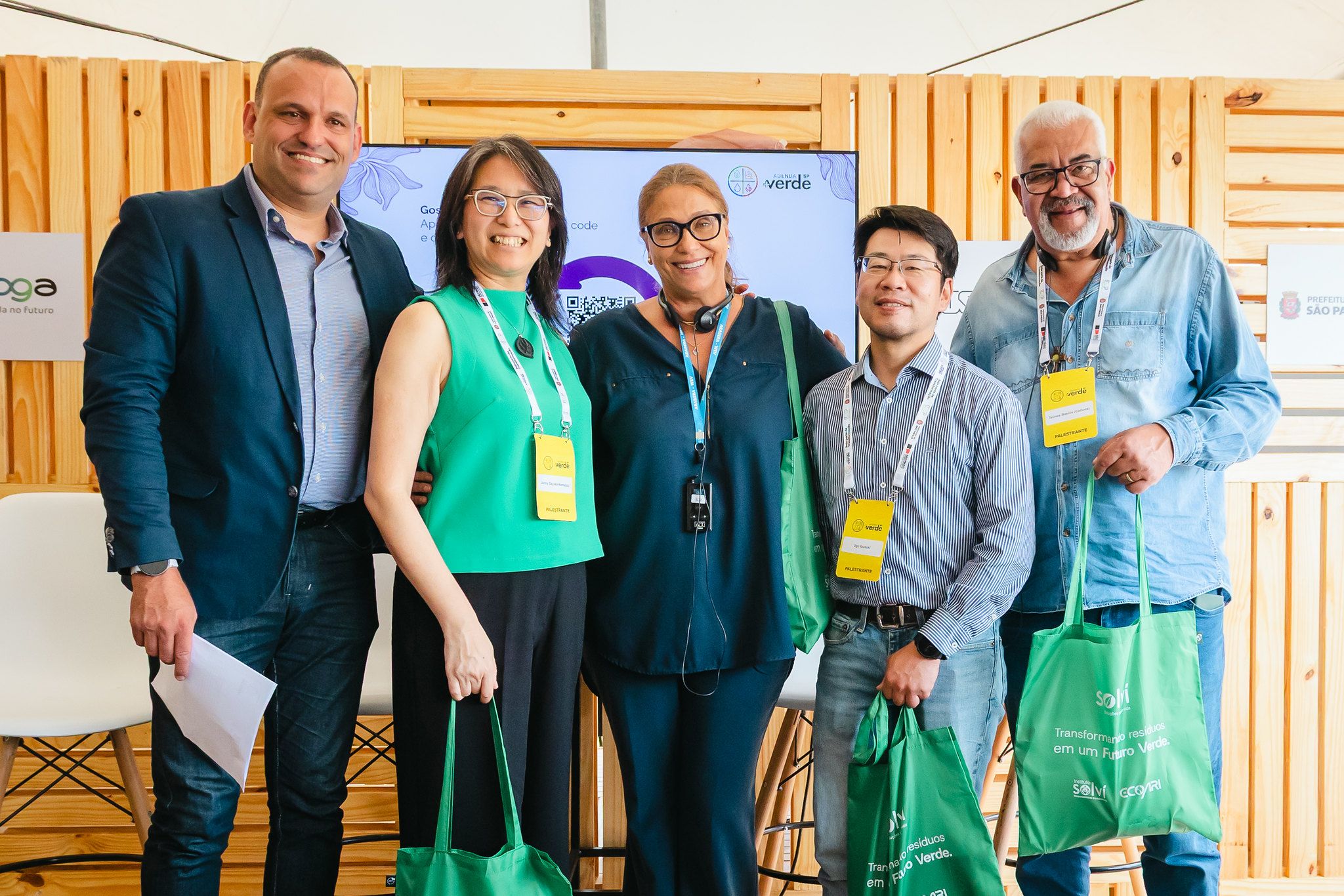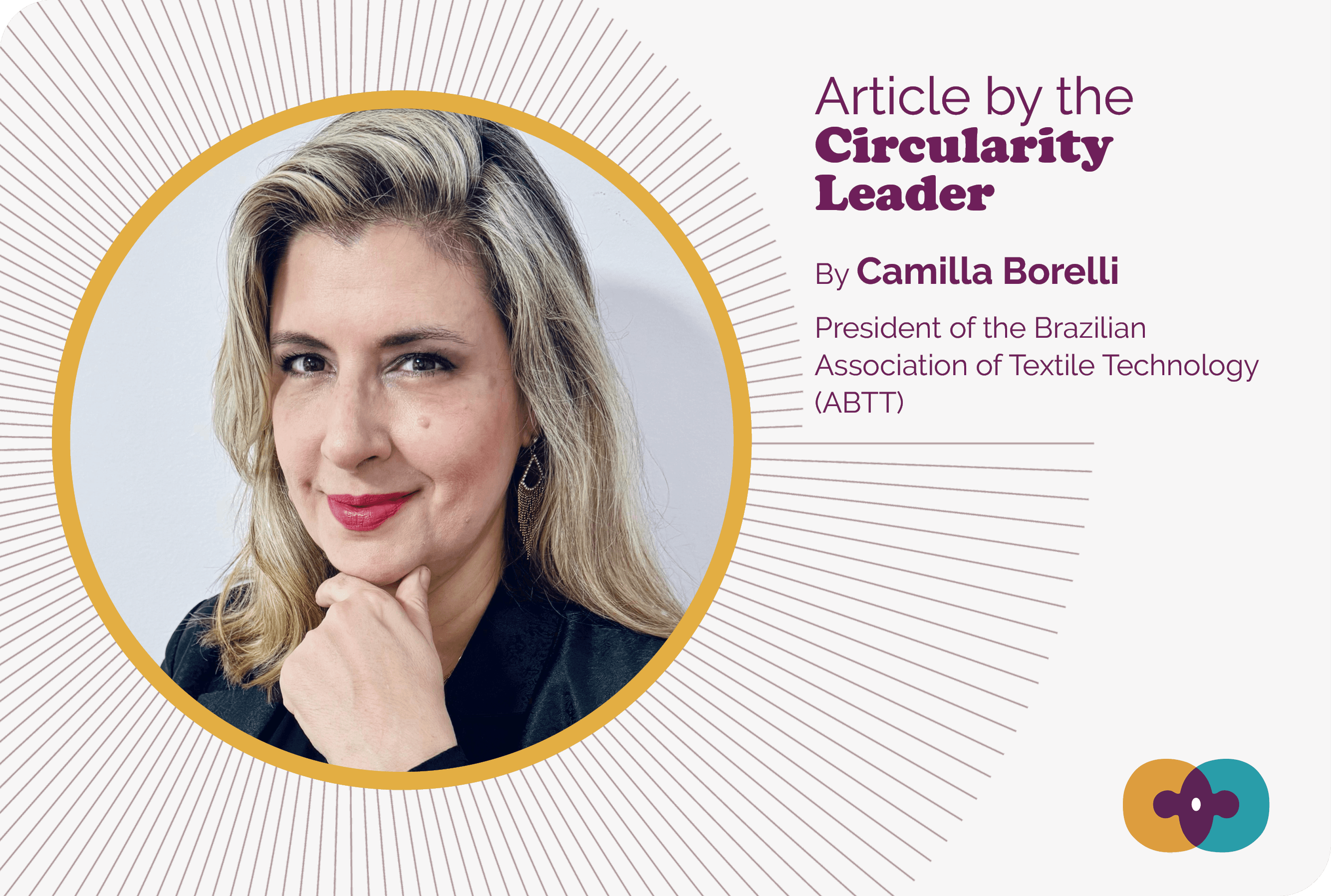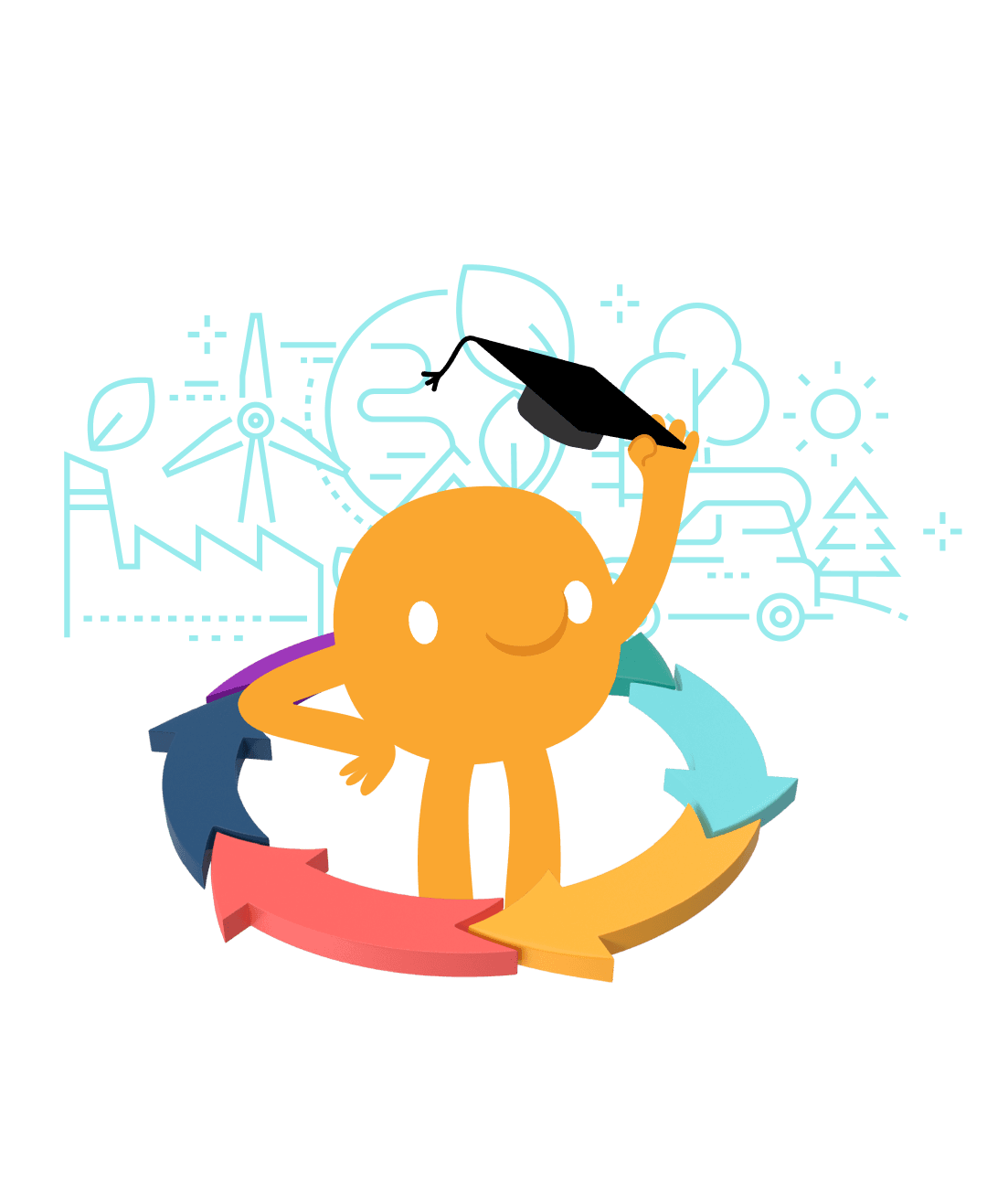
Technological pathways for textile recycling
In the article from the Circularity Leader series, the president of ABTT highlights what is essential to direct each textile waste stream to its best possible use.

Circular Movement participates in COP30 and strengthens the Circular Economy agenda in Brazil
At the first climate conference ever held in Brazil, the initiative consolidates its presence, expands connections, and shares insights directly from the Amazon territory.

Circular Movement launches Japan Immersion
In May 2026, Brazilian leaders and executives will embark on a journey to Japan to learn about Circular Economy from those who have made it a philosophy of life.
Want to know more about circular economy?
Online course, totally free and with certificate!
The Circular Movement and the Sustainable Development Goals (SDGs)
The Circular Economy contributes to achieving the targets associated with the Sustainable Development Goals.
The Circular Economy stimulates changes throughout the extraction, production, consumption, and disposal chain, aiming to enhance the natural resources already in circulation, support the regeneration of ecosystems, reduce waste generation, and create socioeconomic development opportunities.
In this way, the Circular Economy, directly or indirectly, contributes to achieving the targets of the 17 United Nations Sustainable Development Goals.




